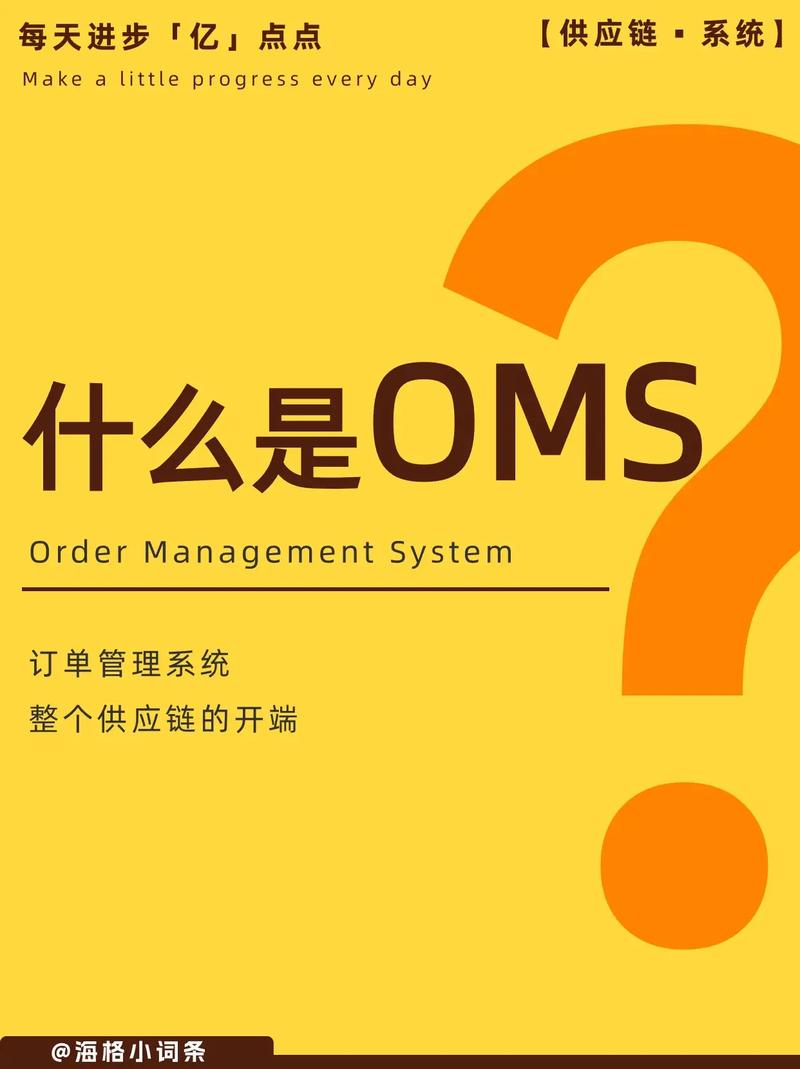Understanding Transcranial Alternating Current Stimulation (tACS)
Transcranial alternating current stimulation (tACS) has emerged as a promising non-invasive technique for neuroregulation. This method involves the application of weak alternating currents to the scalp, aiming to modulate neural activity. While there has been some controversy surrounding its effectiveness in cognitive rehabilitation, recent research has shed light on its potential benefits.
Recent Meta-Analysis on tACS
A recent meta-analysis published in the journal Science Translational Medicine has provided substantial evidence supporting the efficacy of tACS in improving cognitive function. This study involved 102 published researches with a total of 2893 participants, including individuals from various populations such as healthy individuals, the elderly, and patients with neurological and psychiatric disorders.

The researchers found that tACS significantly improved various cognitive domains, including memory, attention, executive function, and intelligence. Notably, the improvements in cognitive function were more pronounced after the tACS treatment (offline effect) compared to during the treatment (online effect). However, the study also revealed that higher-intensity electrical stimulation did not necessarily lead to better outcomes.
AI in Optimizing tACS Treatment
Artificial intelligence (AI) has played a crucial role in optimizing the placement of electrodes and achieving better treatment results. By utilizing AI algorithms, researchers can identify more effective electrode placement patterns, leading to enhanced therapeutic outcomes.
Extending Survival in Non-Small Cell Lung Cancer Patients
In the field of oncology, a recent study published in the New England Journal of Medicine has demonstrated the effectiveness of osimertinib in extending the overall survival of patients with EGFR-mutated non-small cell lung cancer (NSCLC). The ADAURA study revealed that patients who received osimertinib as adjuvant treatment after tumor resection had a significantly longer disease-free survival compared to those in the placebo group.
The study involved 682 patients who were randomly assigned to either the osimertinib group (339 patients, 80 mg once daily) or the placebo group (343 patients). In patients with stage A disease, the 5-year overall survival rate was 85% in the osimertinib group, compared to 67% in the placebo group.
Table: Comparison of Osimertinib and Placebo Groups
| Group | Number of Patients | 5-Year Overall Survival Rate |
|---|---|---|
| Osimertinib | 339 | 85% |
| Placebo | 343 | 67% |
Conclusion
In conclusion, tACS and osimertinib have shown promising results in improving cognitive function and extending survival in patients with EGFR-mutated NSCLC, respectively. These advancements in the fields of neuroregulation and oncology have the potential to revolutionize the treatment of various neurological and oncological conditions.



